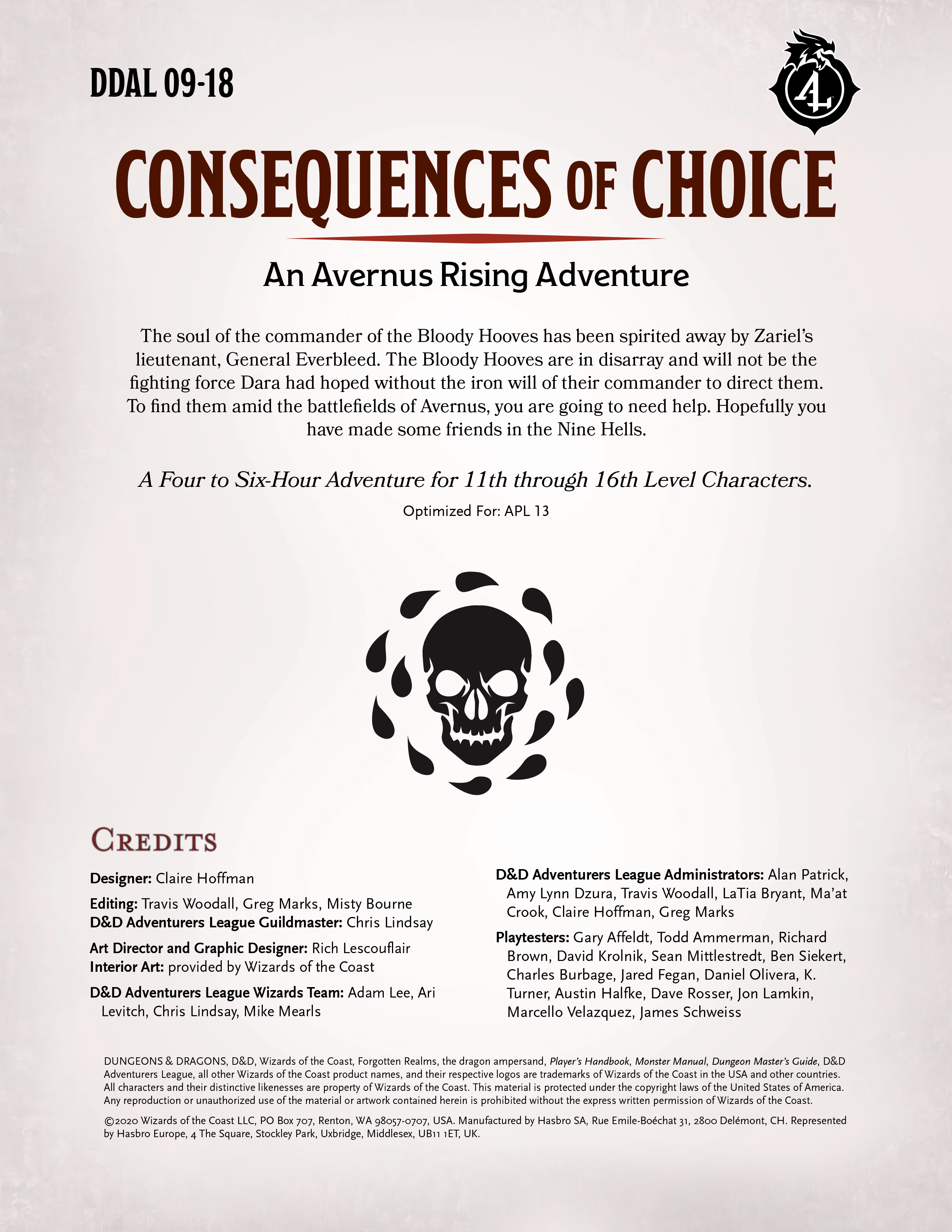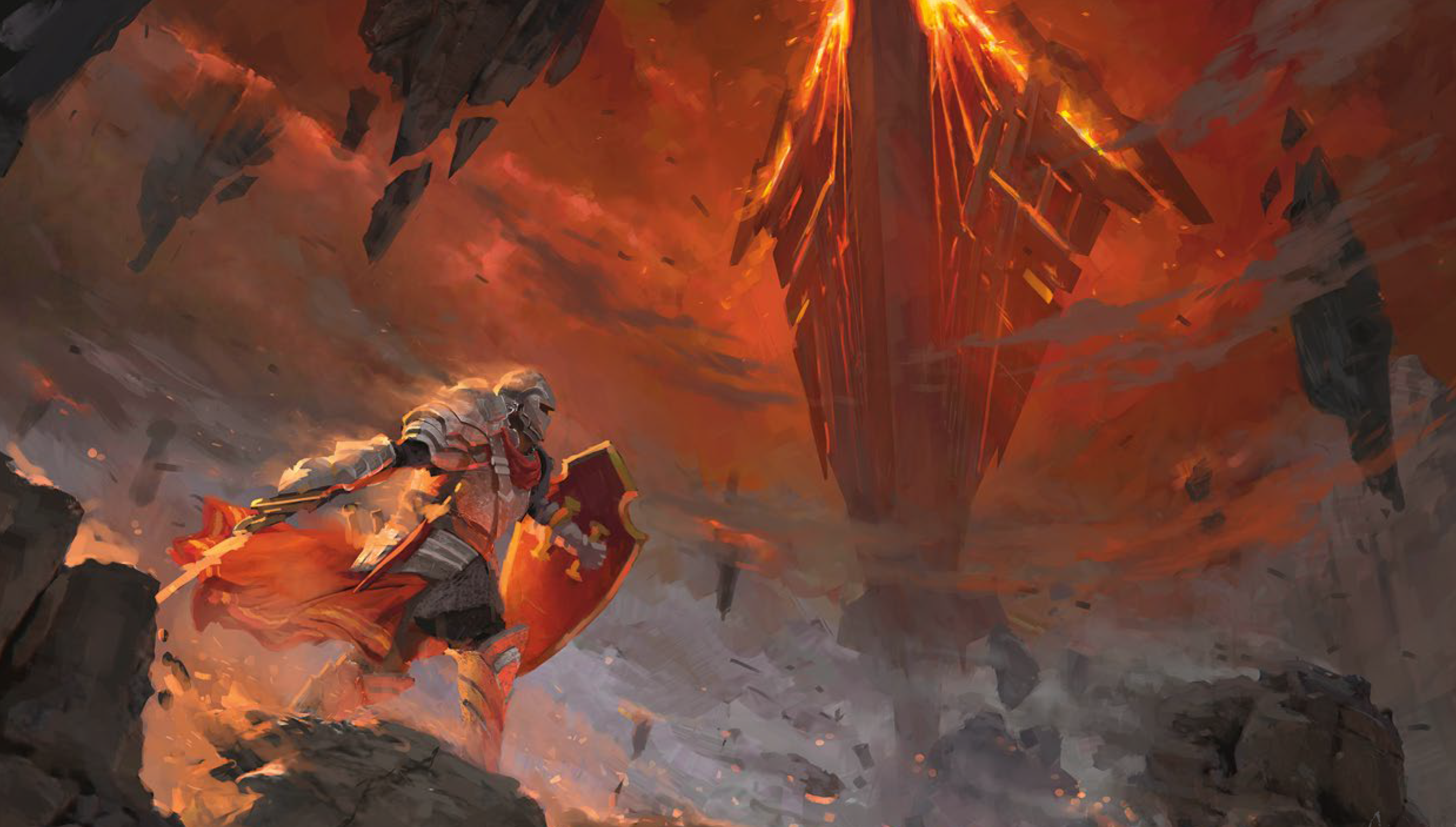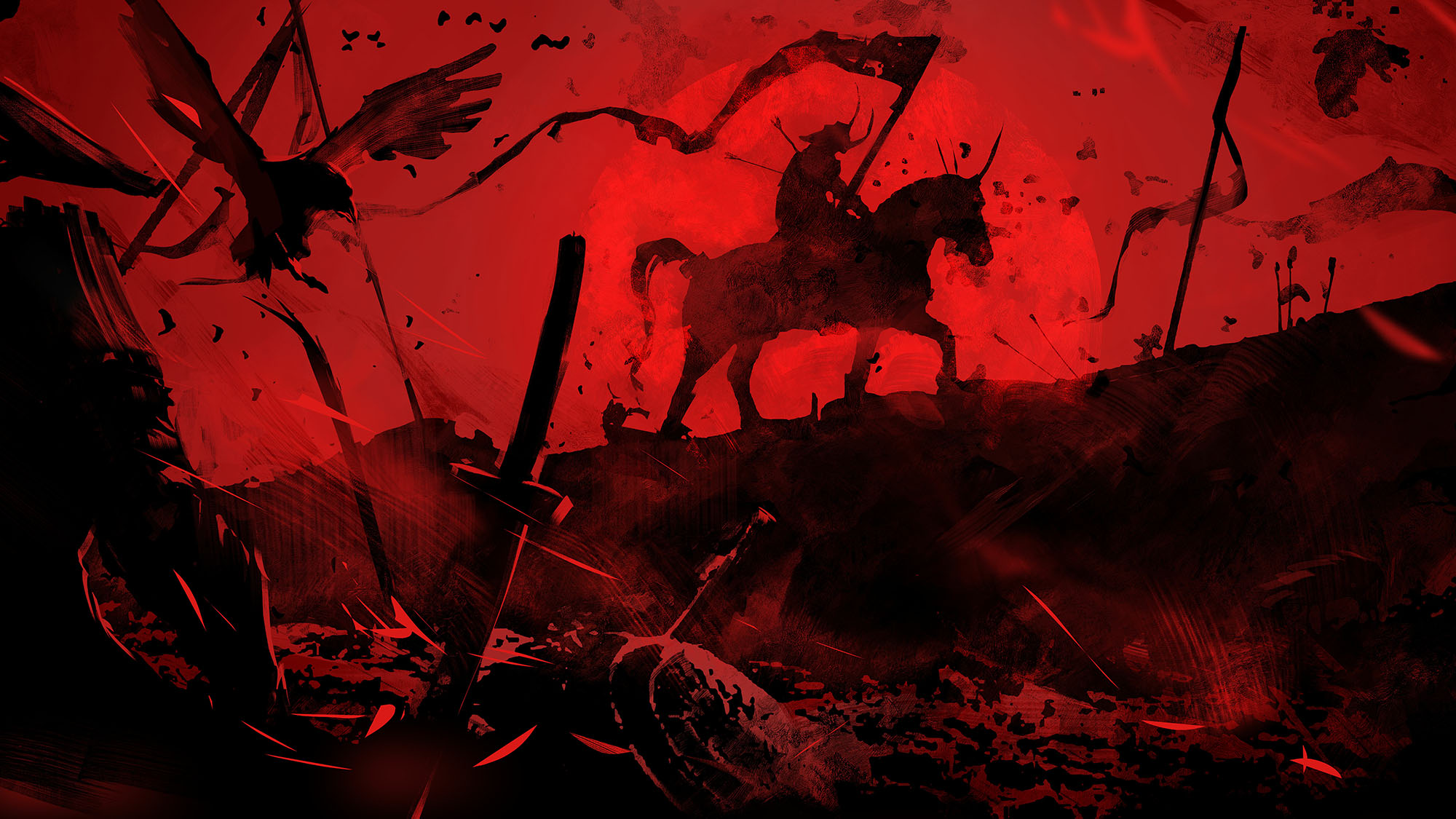
With Zariel’s story at the heart of Descent Into Darkness, the legions of Hell play a significant part in the campaign. In designing the Remix, I eventually reached the point where it felt necessary to actually nail down some of the details of how Hell’s military is organized.
My goal with these notes is not to be hyper-detailed or encyclopedic. In reality, any military with have dozens of minute distinctions within and countless exceptions to systems like this. And this is Hell itself — a fiendish bureaucracy with a legacy of aeons. Random Worldbuilding: Creating Noble Titles suggested a three-step process that will probably be useful to remember here:
- Create a system that makes perfect sense.
- Create two exceptions: One grandfathered in from some other system. Another that’s newfangled and recent.
- Whenever the current system doesn’t quite work right for your current adventure… add an exception.
What I’m looking to establish here is a broad framework that will keep us oriented and consistent, while providing clear guideposts for improvising during play.
In my personal canon, the Legions of Hell are logically descended from the Legions of Heaven (because Asmodeus brought that military command with him when he betrayed Heaven to conquer Hell), which is why you’ll see broadly similar ranks in, for example, flashbacks to the Averniad.
Design Note: Our org-chart here takes inspiration from the legions of Rome, primarily because it provides a Latinate patina that feels stylistically appropriate for Heaven and Hell. Rome’s own military was reorganized countless times during its hundreds of years of history, and we’re not trying to accurately model the Roman military in any case. But if you’re looking to expand upon these ideas, you might look there for further inspiration.
If you want to add a lot of byzantine complexity, you might hypothesize that different blood legions use different org-charts (in, say, the fashion of the United States Army and Navy). In which case you could literally go Byzantine, by drawing inspiration from Byzantine military titles and the like.
BLOOD LEGIONS
There are eight blood legions – cruor legio – each commanded by one of the Dark Eight, the generals who serve the Archduke of Avernus.
Each blood legion is made up of an incredibly large number of individual legions. Some scholars cite a specific number (one hundred or one thousand or six hundred and sixty-six are popular choices); others claim there are hundreds, thousands, or even an infinite number of legions. (Thus the elven poet Suntithis famously describes the legions of Hell as the “eight infinities,” which may have inspired Aternicus to describe the apotheosis of Asmodeus as the “infinite betrayal, born eight times in blood.”) Let’s simply say “countless legions” and you can decide how much hyperbole is involved with that, if any.
There is presumably a High Command that serves as an interface between the Dark Eight and the individual legion commanders, but this strata of the military hierarchy is not particularly in our focus. If necessary, we can refer to these officers as Tribunes, with the understanding that there are many different types and gradations of the tribuni. (Members of the tribunate are perhaps further denoted by tiered honorifics that appear after their name, like augusta – e.g., Hastati Betrazalel Augusta is a devil named Betrazalel with the tribuni rank of Hastrati in the class of Augusta.)
Each legion is made up of cohorts, both of which are numbered, with cohorts (particularly cohorts on detached duty) often being identified by their number followed by the number of their legion. (For example, the 9th Cohort of the 497th Infantry Legion, also referred to as the 9/497.) Specific legions or cohorts may also have specific titles or nicknames, with varying degrees of “official” recognition. These can denote or be based on elements such as:
- Founding officers or notable historic leaders (e.g., the Belum legions founded by Archduke Bel, although some legions are also known as Belum or Belum Veterana because they are or were directly command by Bel)
- Important historic accomplishments (e.g. the Conquerors of Athalka)
- Awarded honorifics (e.g. triumphantes or perpessio)
- Descriptors of the legion (e.g., the Stygii legions of the fifth layer of Hell or barbazii legions made up entirely of bearded devils)
In other cases, or in addition to these elements, they can also just be adopted as cool names (e.g. Terror Incarnate).
Cohorts are specialized for specific roles or battlefields:
- Infantry
- Aerial
- Cavalry
- Aerial Cavalry
- Aquatic
- Subterrene
Most legions are formed from uniform cohorts and will be referred to similarly (e.g., the 497th Infantry Legion), although some special legions will have diverse cohorts (for example, Zariel’s 5th Legion is composed of the 3rd Aerial Cohort, 7th Infantry Cohort, and 9th Cavalry Auxilary.)
Auxiliaries are similar to cohorts, but are either smaller in size, more limited in utility, or both. (Some auxiliaries will be highly specialized, veteran troops with extremely unique skills. Others are essentially trainee cohorts.)
KEY MILITARY RANKS
Optio (pl. optiones): Field officers who command small troop units.
Primus (pl. prima): Roughly equivalent to a lieutenant. They will either be in command of slightly larger troop units and/or have several optios reporting to them.
Triarius (pl. triarii): The commanding officer to which prima report to, and who reports to the leader of the cohort.
Signifier (pl. signifiers): A lesser leader of a cohort or auxiliary; a junior princeps.
Princeps (pl. principia): The leader of a cohort.
Legate (pl. legates): The commander of a legion. This title is sometimes translated as “General” in the Common tongue.
THINKING IN RANKS
As a practical, but completely non-binding, design guideline, I’m going to think of these ranks in the following terms at the table:
- An encounter with a couple of devil soldiers probably doesn’t feature a commanding officer.
- When encountering a squad made up uniformly of one type of devil (e.g., 6 bearded devils), I’ll generally have them led by an optio.
- A primus will generally be a slightly more powerful devil leading a squad of less powerful devils. (For example, you might have a chain devil primus leading a squad of 6 bearded devils.) Alternatively, you might use an alternative stat block from the Enhanced Devils supplement, which are handily designed not to make devils more powerful, but to make them more varied. (For example, you might have a bearded devil squadron led by a bearded devil primus with innate spellcasting.)
- A triarius is usually going to be a significant CR bump above whatever the baseline troops are. If you’ve got an infantry legion of bearded devils, then perhaps the triarius is an erinyes or horned devil. Conversely, if it’s a legion of lemures or imps, then the bearded devils might be triarii.
Legates, Princeps, and Signifiers are probably all significant characters that you would be placing with some care and thought. It would be in no way inappropriate to see pit fiend legates, although less powerful (i.e., slayable) legates are quite possible.

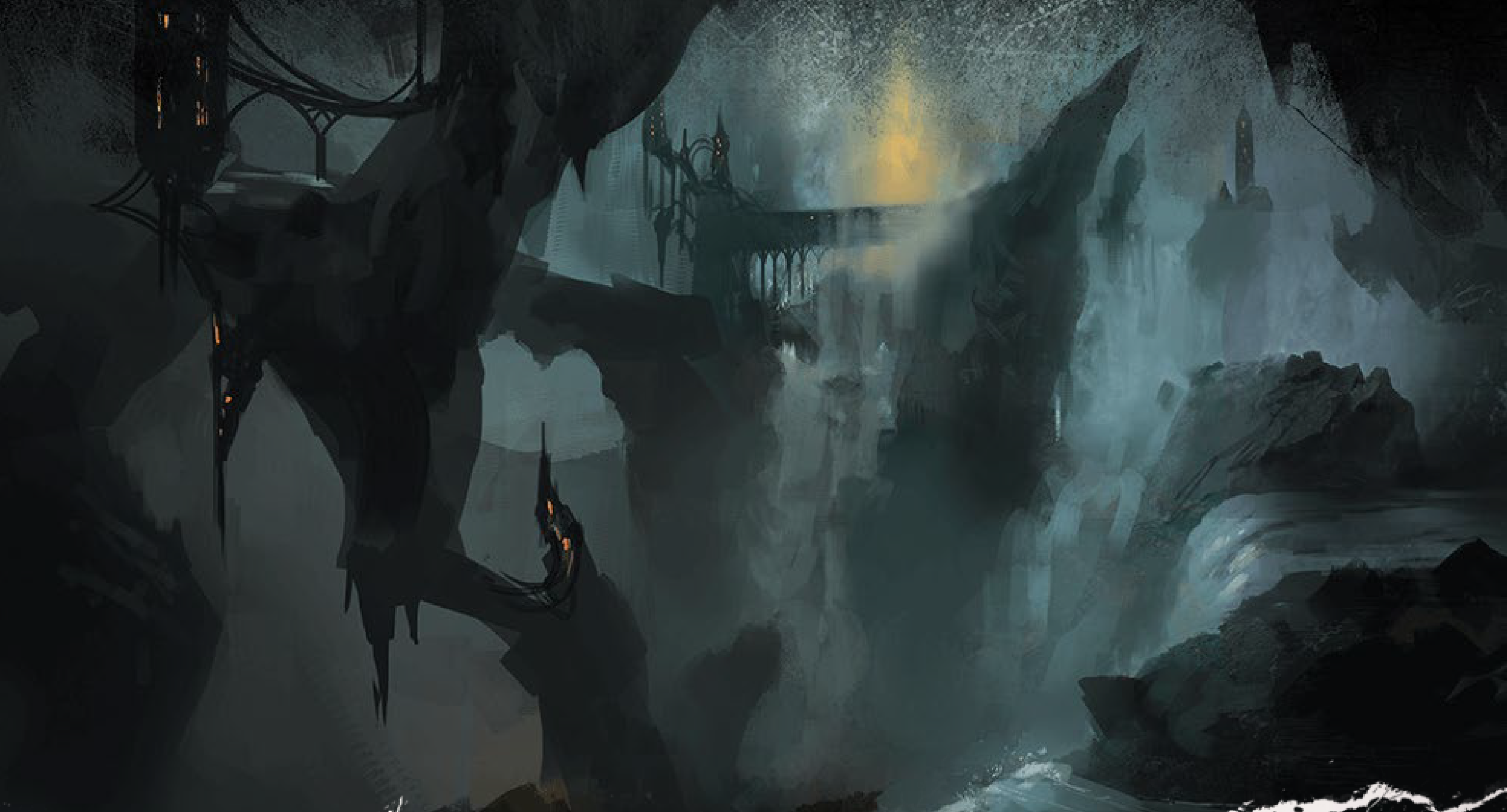
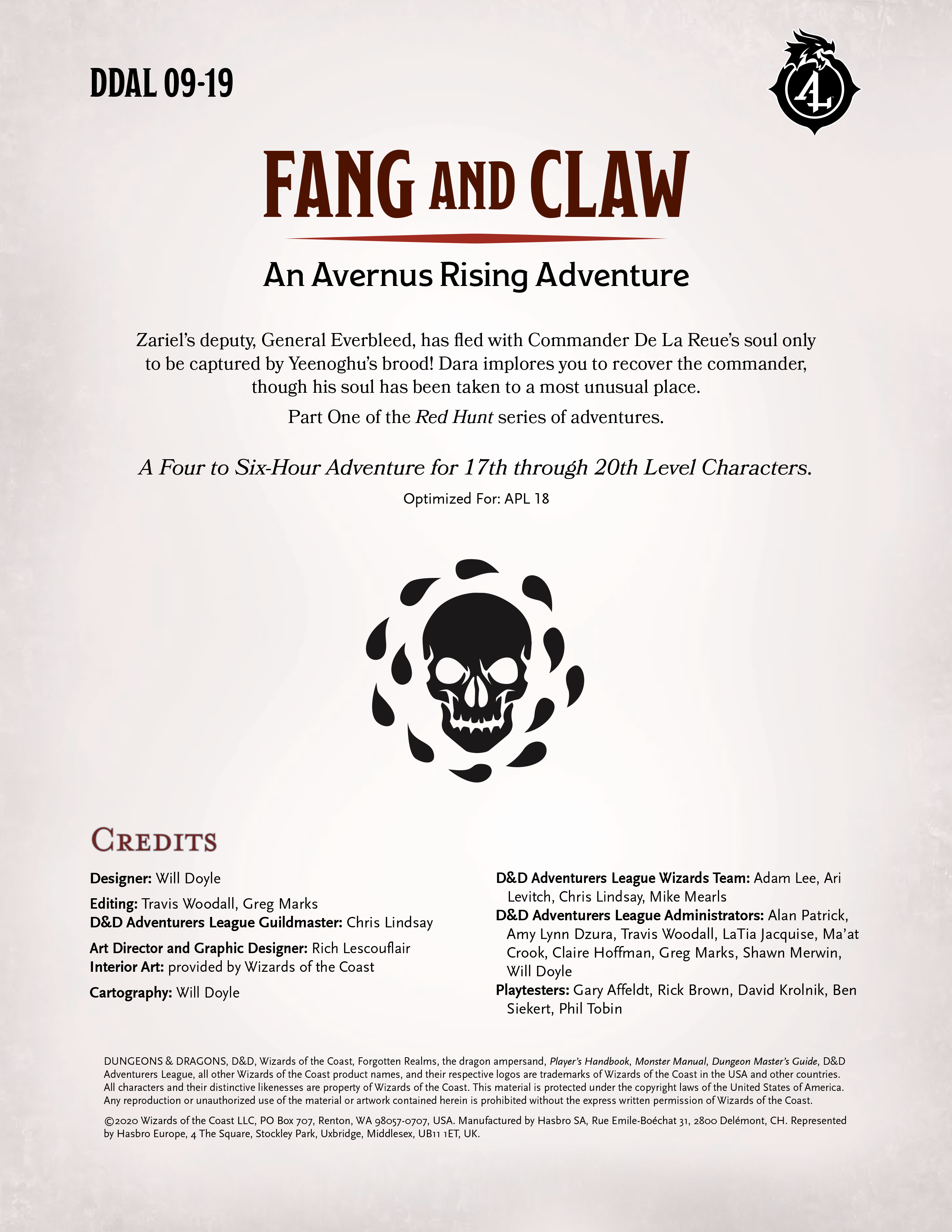
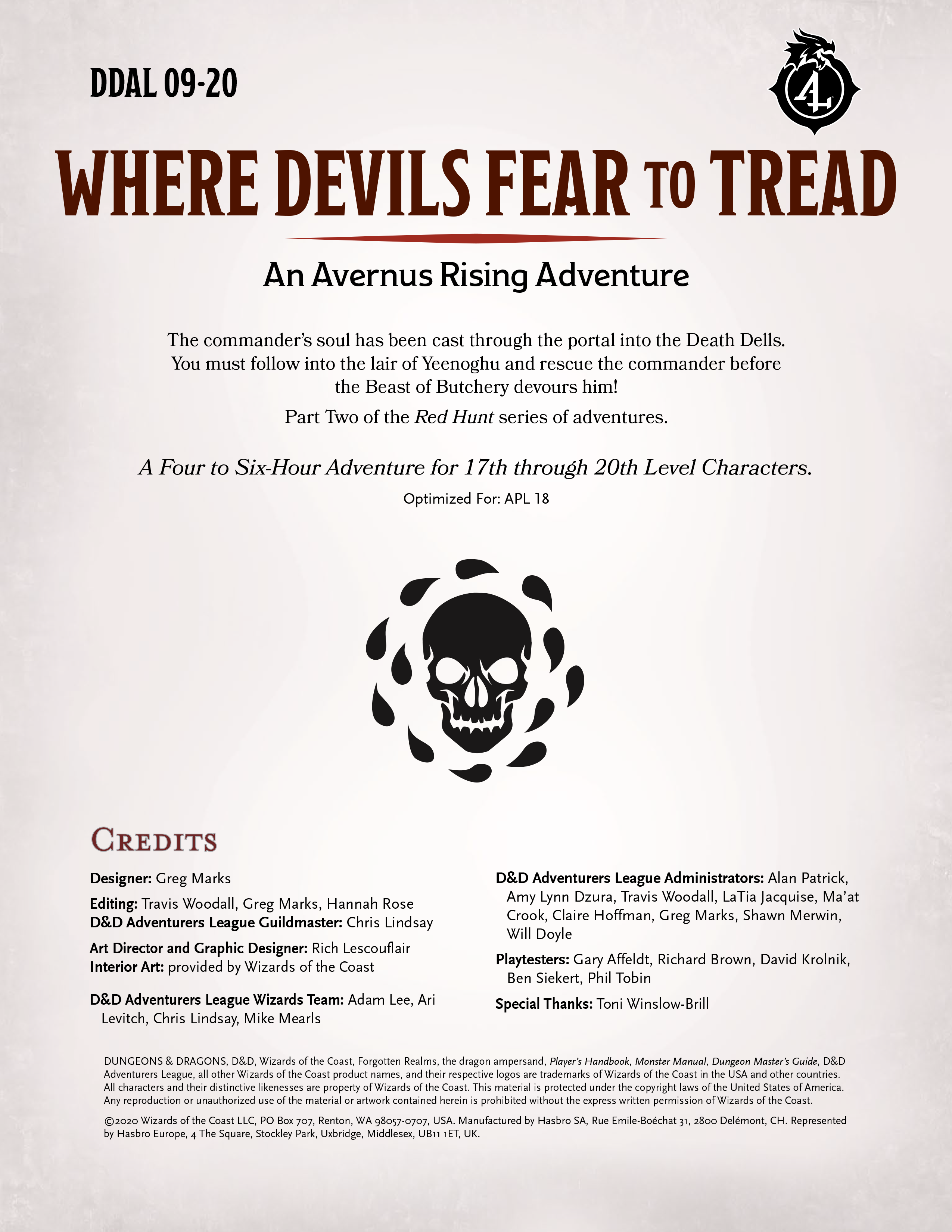
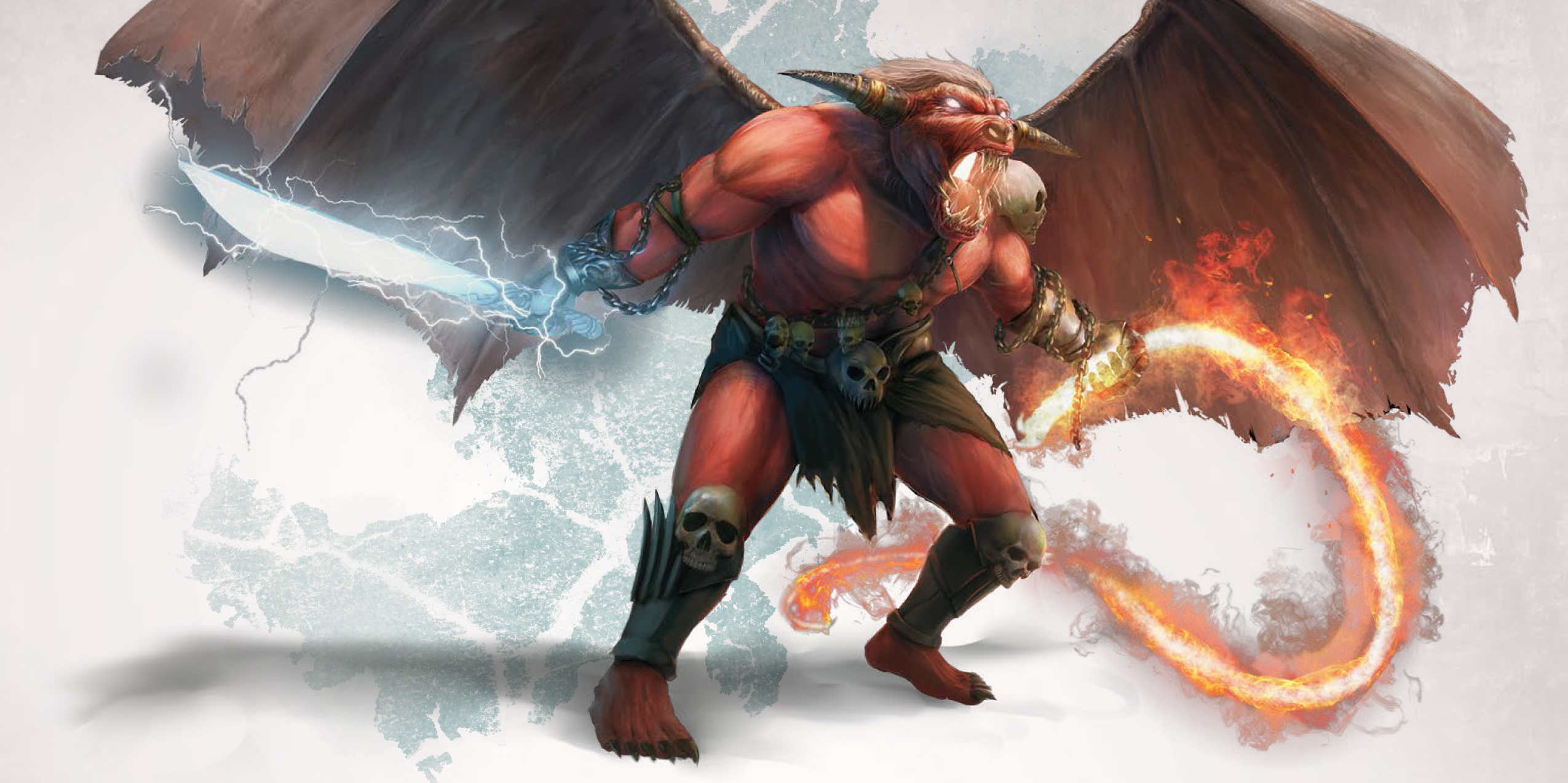
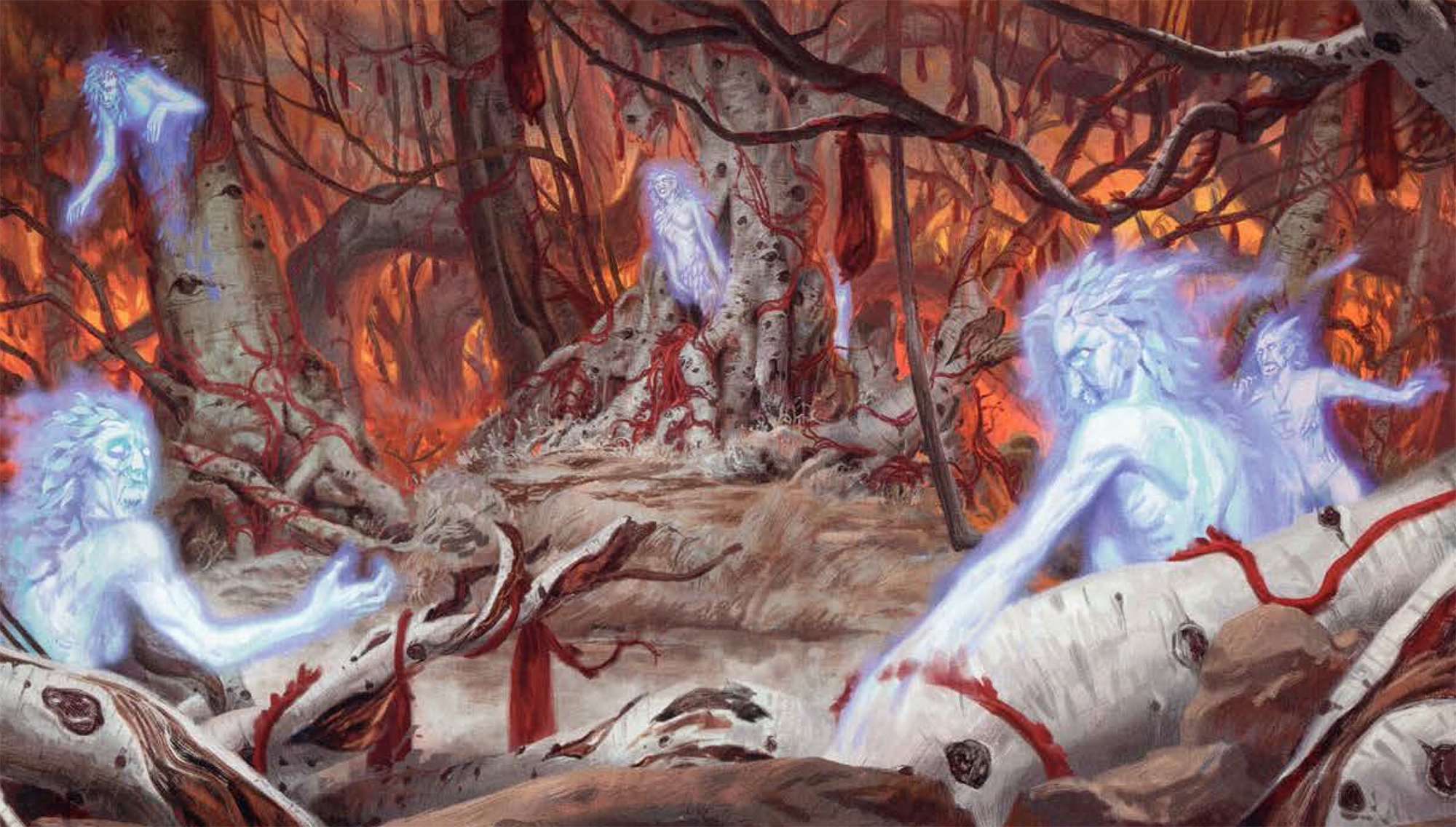
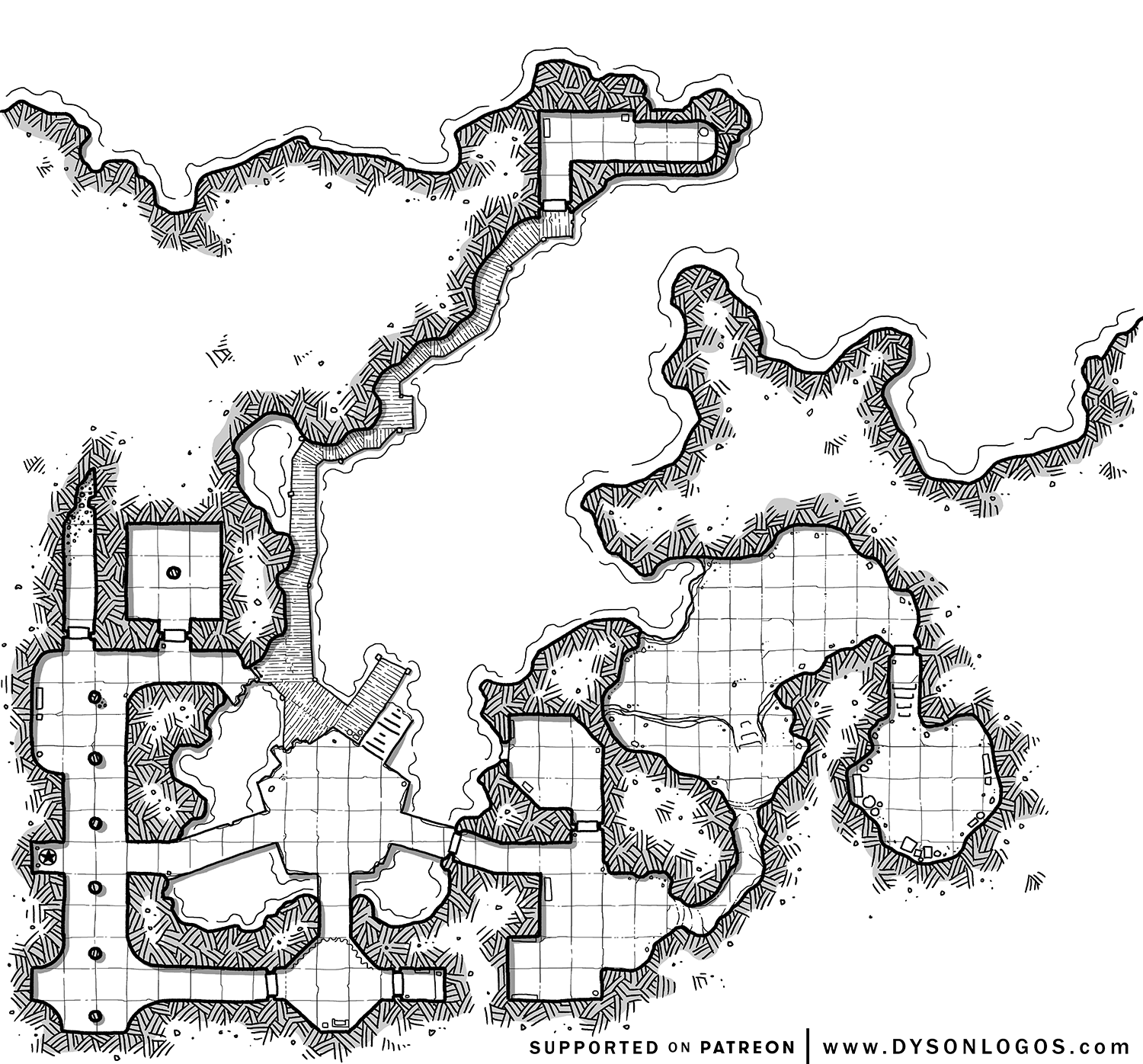
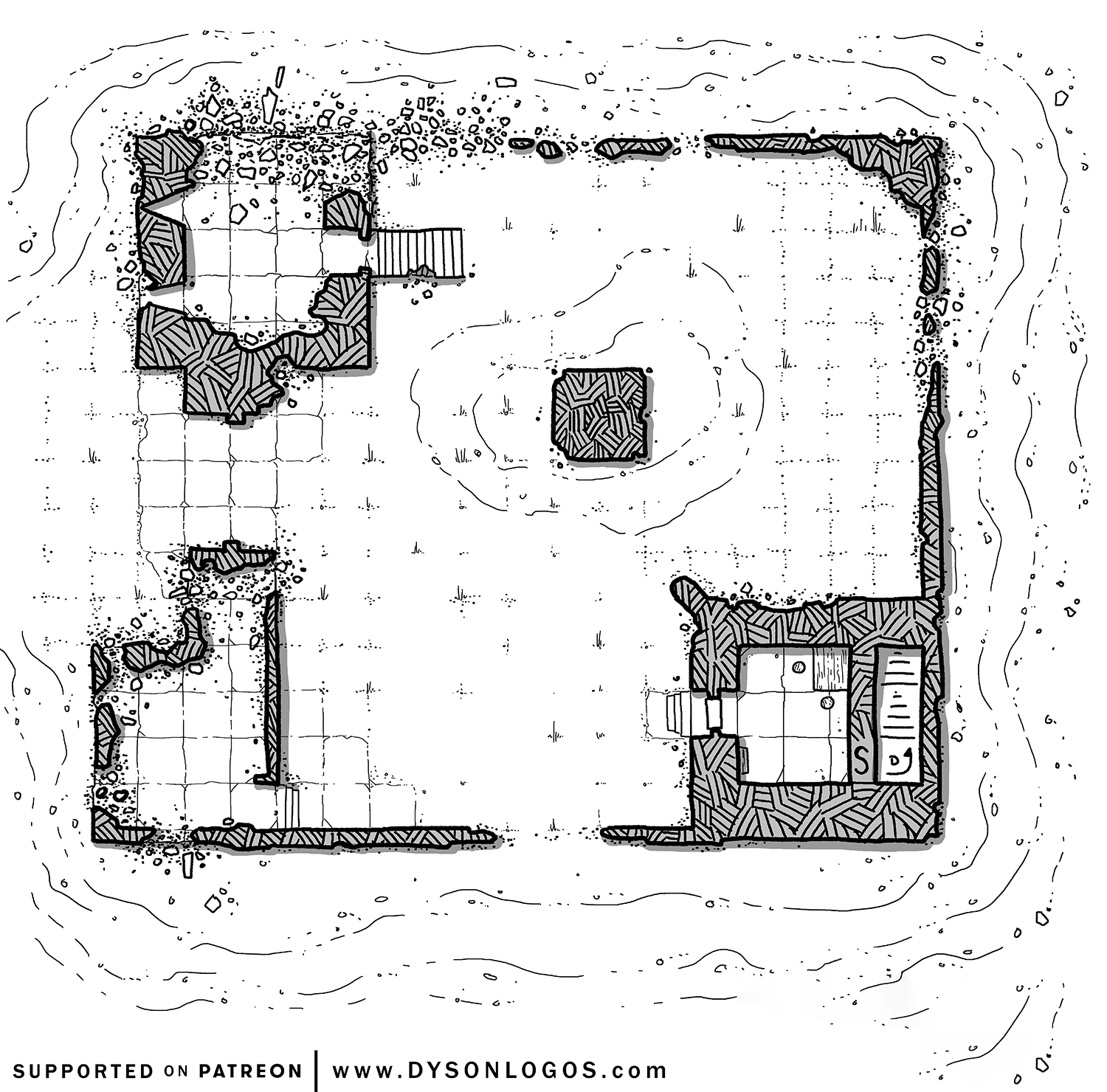
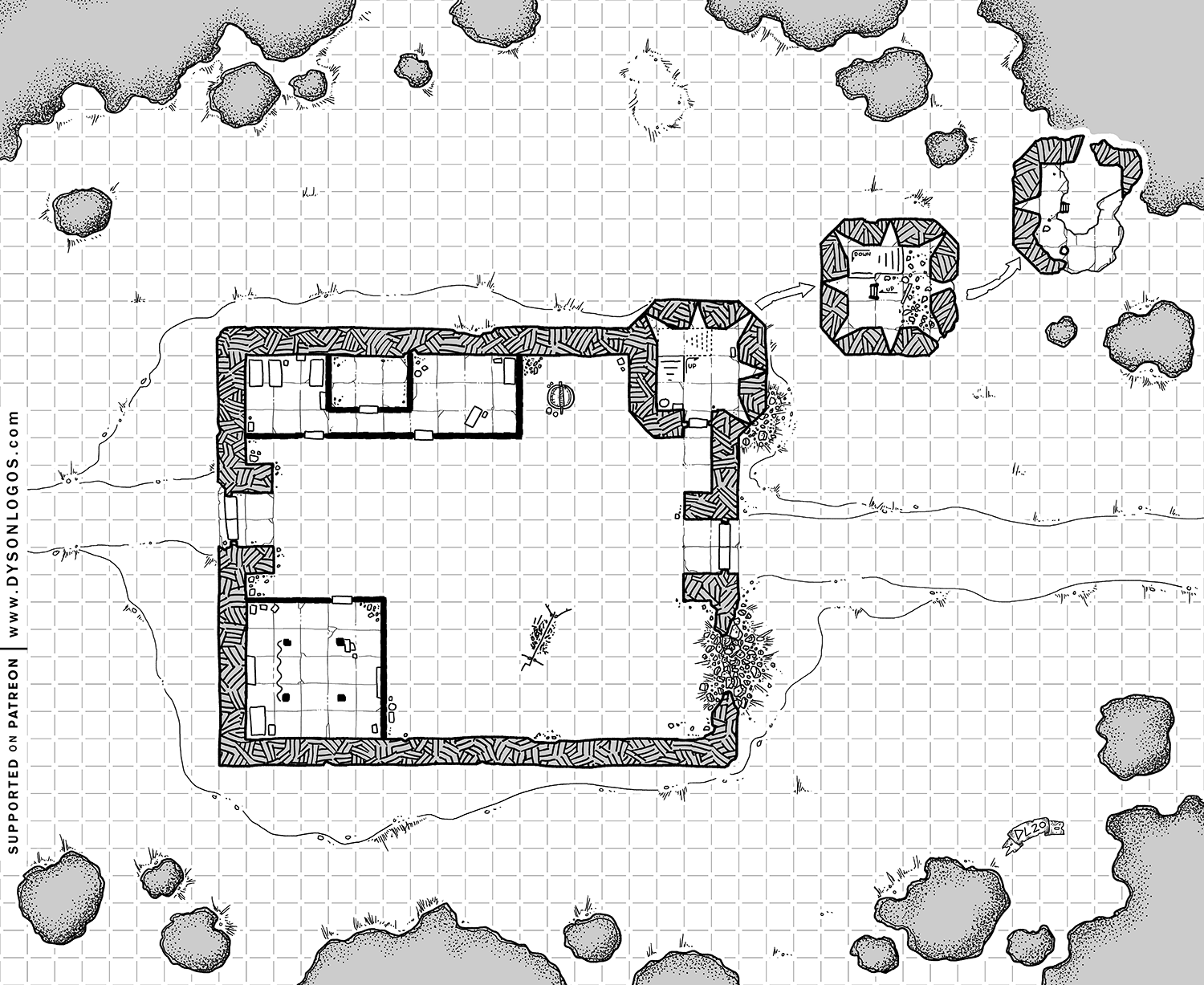
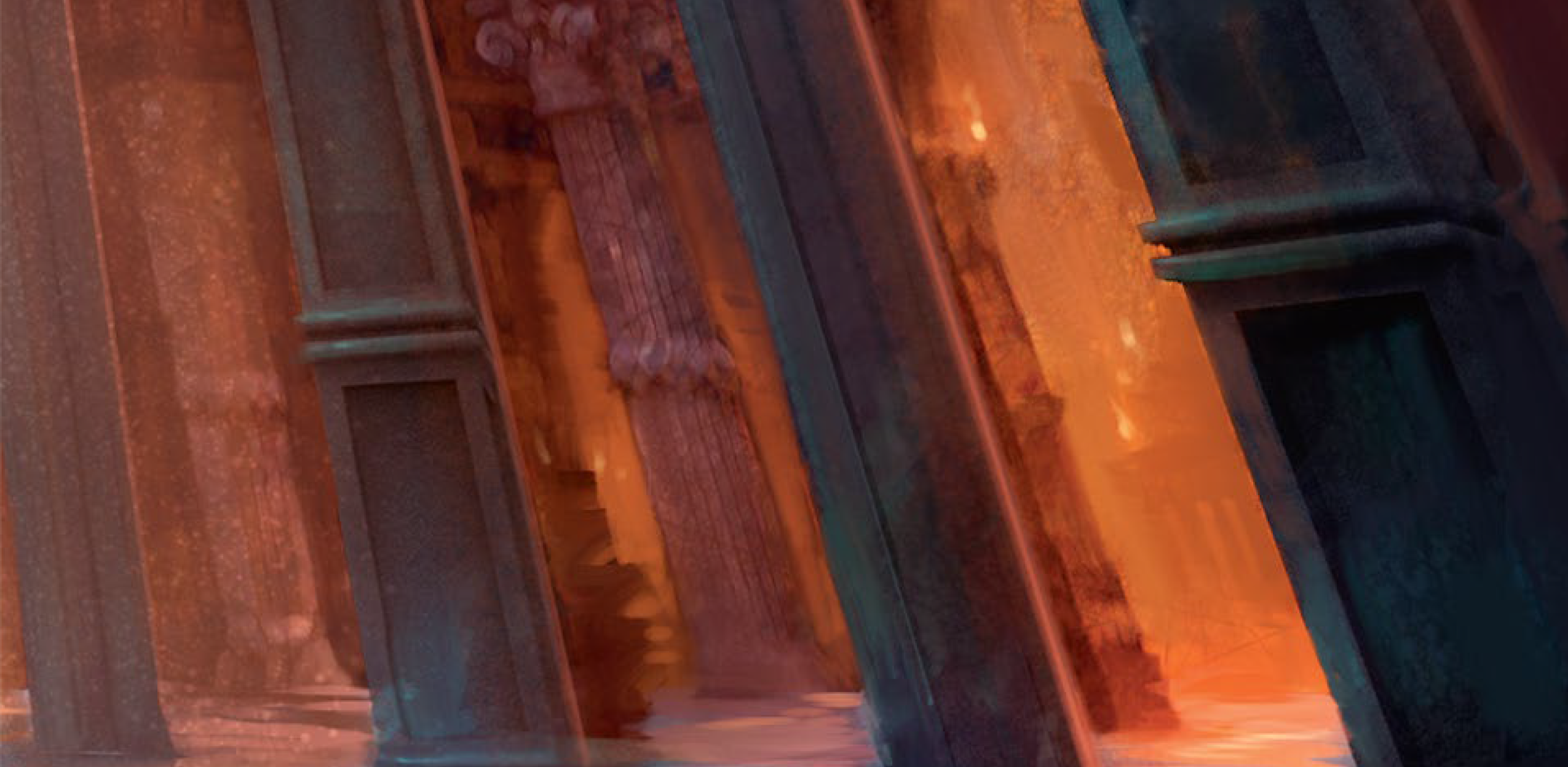
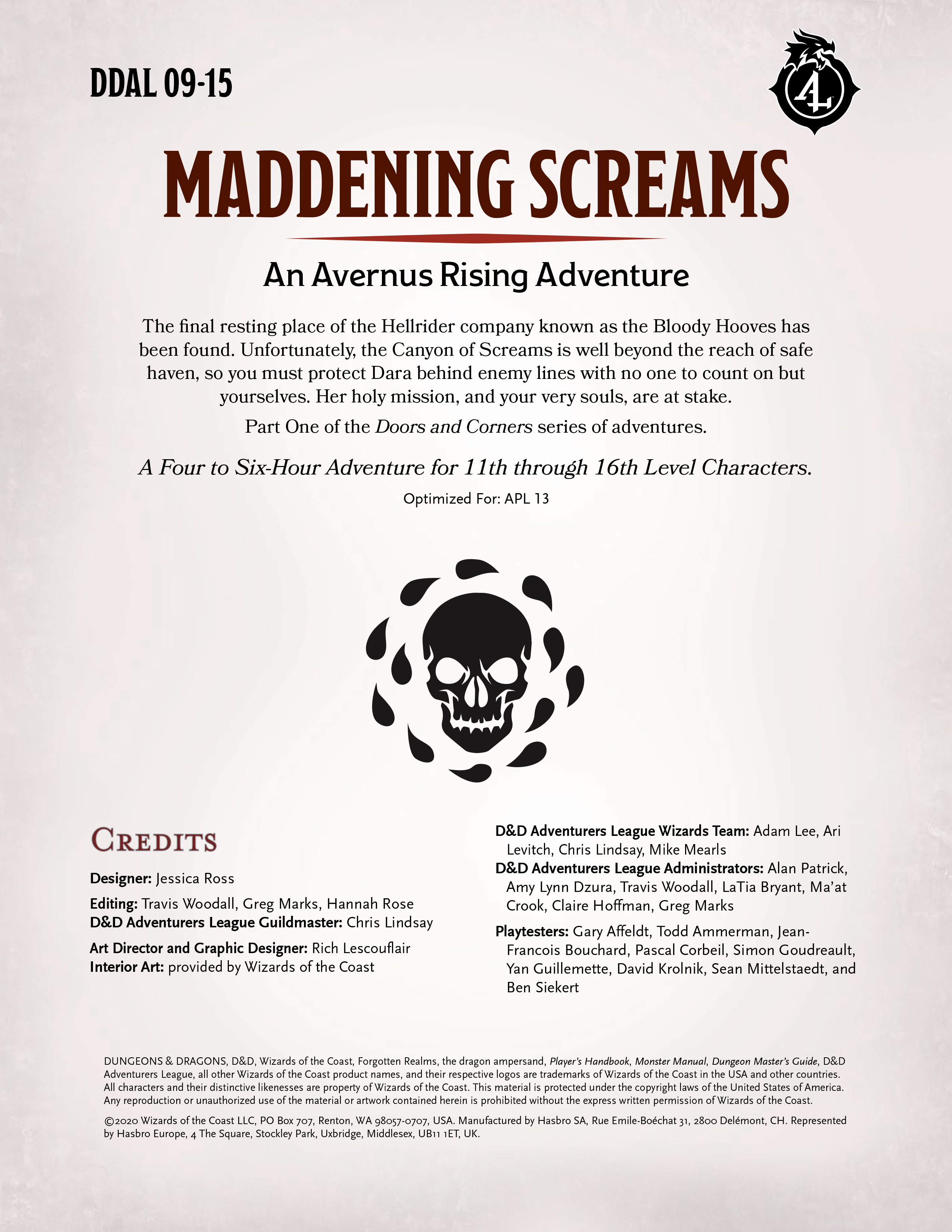
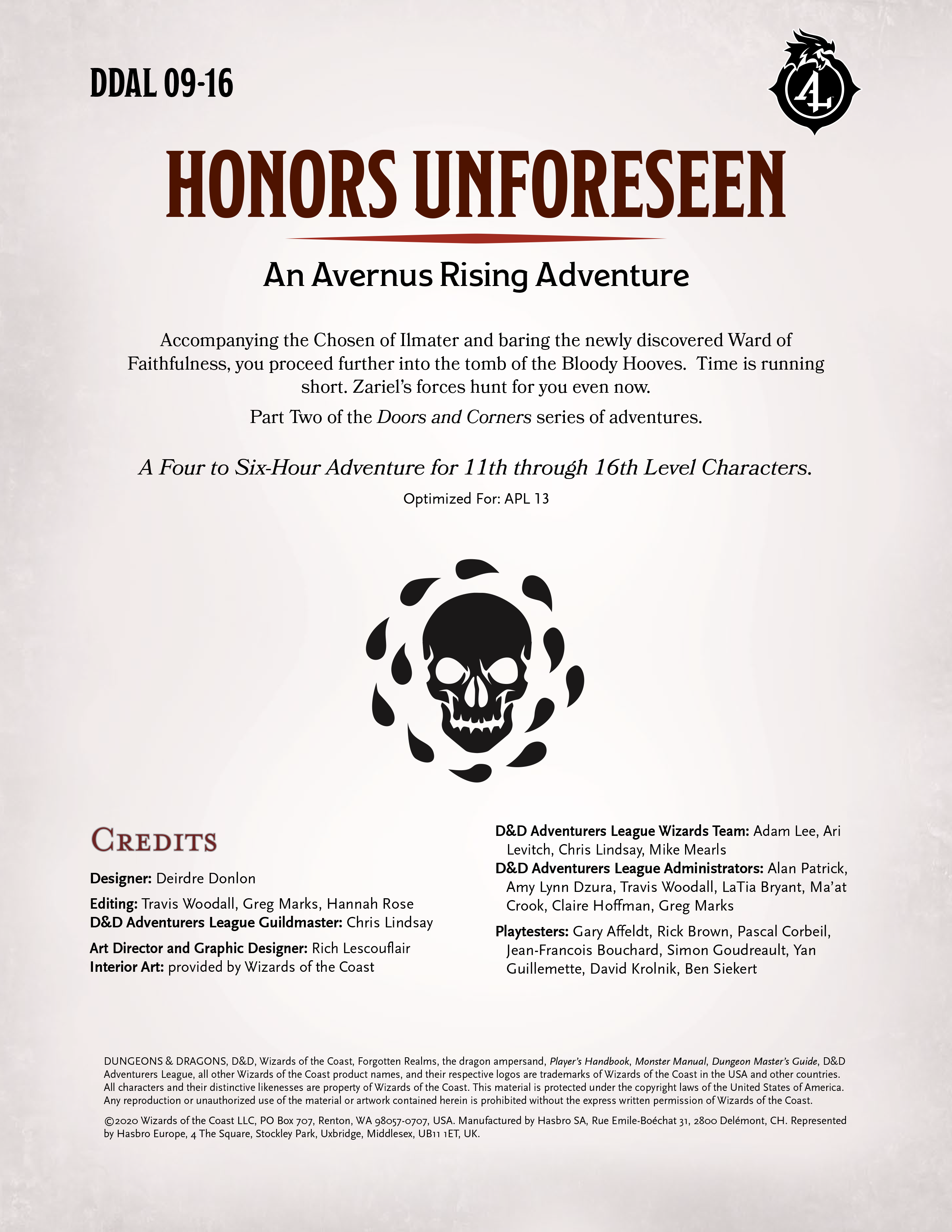
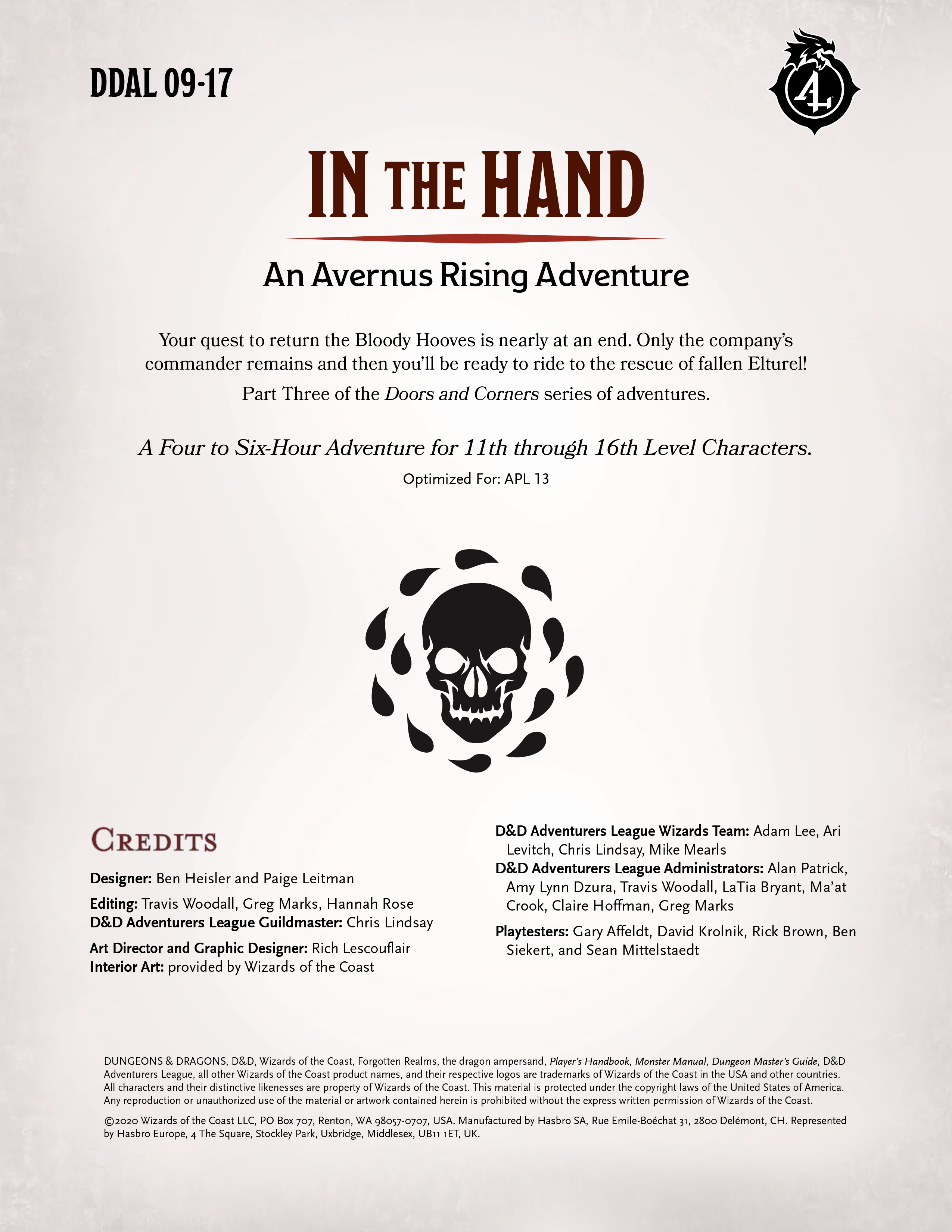
![Thanks for helping us! We built these defenses so that only we could bypass them. / So you're going to help us through, right? / [sinister look] / You're going to help us through, right?](https://thealexandrian.net/images/20210621.png)
